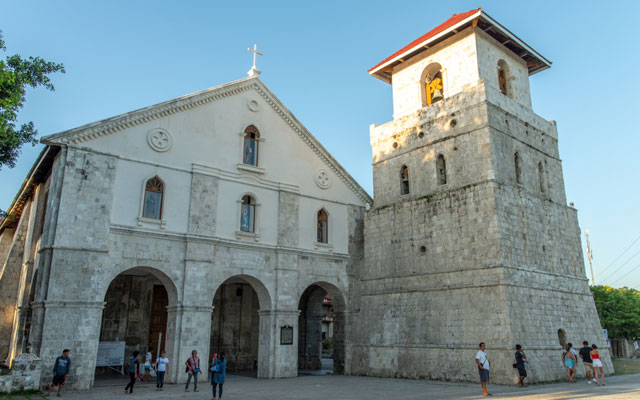In the Philippines, Bohol is facing “game-changing developments and very formidable challenges” as tourism growth, according to Bohol Provincial Tourism Council (PTC) chair Lucas Nunag.
In his presentation during Rajah Travel’s maiden Travel Talk session last week, Nunag said that the government, which announced last year that all Philippine destinations will have their own carrying capacity, needs to determine first the maximum number of tourists to be allowed in Bohol.

This is crucial so investors poised to build hotels and other tourism facilities would know how far they can go, which markets to target, and how to make the industry more inclusive.
Benefiting from Boracay’s six-month closure last year and the recent opening of the international airport in Panglao, Bohol expects a “dramatic” increase in arrivals this year, up from 1.5 million the previous year.
The “unexpected overtourism” is centred in Panglao – best known for its white beach – where the bigger tourist developments are concentrated although some baby steps are being taken to introduce other tourist attractions in the mainland, Nunag said.
He also noted issues about hotels and other establishments in Panglao violating the coastal easement rule of 25 + 5m and that “hopefully authorities would also be as firm in enforcing it as they are in Boracay”.
Another challenge in Bohol’s growing tourism is the food supply, he said, because most of the province’s herbs and vegetables are still imported from Mindanao.
Bohol’s dedicated tourism assets of nature, culture and heritage may also be threatened by the interest of gaming companies to open casinos in the province – which the PTC and private stakeholders countered by issuing a manifesto against it.
“We hope that Pagcor (Philippine Amusement and Gaming Corp) will listen”, Nunag said.
They were able to convince higher authorities in Bohol to reject building a coal-powered electric plant meant to address electric blackouts. “There are already serious discussions about bringing in coal-powered plant” but the private sector, local business groups, civic organisations and the church issued a manifesto against it, he said.
Nunag is also apprehensive about the possible “degradation to our cultural and heritage treasures (due to) so many outside influences coming in” so a cultural mapping in terms of hospitality training, performances, visual arts, etc. are currently being undertaken.
Bohol is also coming out with better church pilgrimage tours since most of the centuries-old churches damaged by the 2013 earthquake have already been restored or closed to being restored hence “they have richer stories to tell”.




















